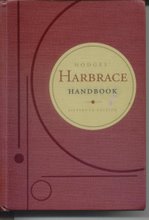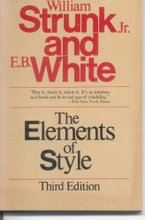 the distinction between lay and lie.
the distinction between lay and lie. Very simply, "lie" (= to recline, be situated) is intransitive -- it can't take a direct object {he lies on his bed}.
But "lay" (= to put down, arrange) is always transitive -- it needs a direct object {please lay the book on my desk}.
The verbs are inflected "lay-laid-laid-laying" and "lie-lay-lain-lying."
Because "lie" is intransitive, it has only an active voice {lie down for a while}. And because "lay" is transitive, it may be either active {he laid the blanket over her} or passive {the blanket was laid over her}.
To use "lay" without a direct object, in the sense of "lie," is nonstandard {I want to lay down} {he was laying in the sun}. But this error is very common in speech -- from the illiterate to the highly educated [to Bob Dylan -- "Lay, lady lay. Lay across my big brass bed."].
In fact, some commentators believe that people make this mistake more often than any other in the English language. Others claim that it's no longer a mistake -- or even that it never was. But make no mistake: using these verbs correctly is a mark of refinement.
The most unusual of these inflected forms, of course, is "lain," but most writers have little difficulty getting it right -- e.g.: "Katrina Kuratli said she and her husband, Dan, had just lain down in their bedroom when the bomb went off around 10:45 p.m." Mack Reed, "Pipe Bomb Rips Car, Jolts Simi Neighborhood," L.A. Times, 30 Apr. 1994, at B9.
Click here to email Bryan Garner.
To subscibe to garner's Usage Tip of the Day, click here.







1 comment:
These are the possible concerns and would favorably help students in bringing all what they actually needed to look for and surely for the future would even bring more of the changes for them. phd thesis proofreading
Post a Comment